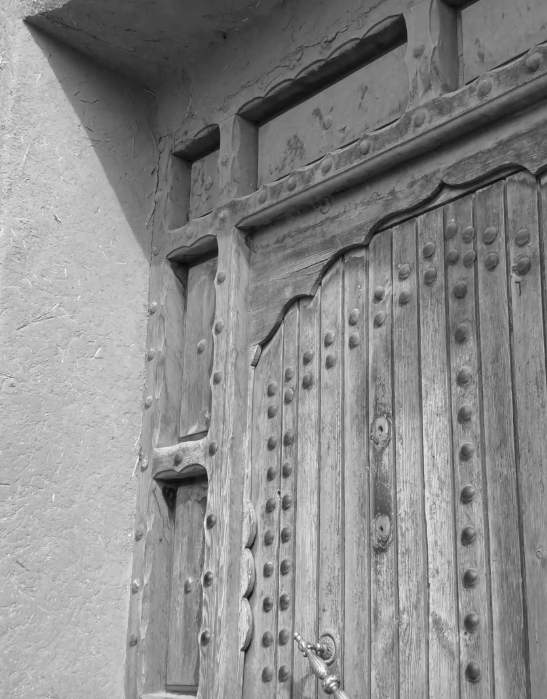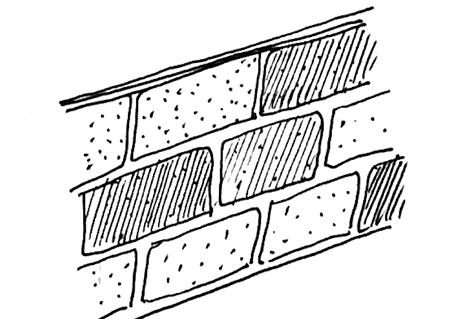…In creating a Biophilic Urbanism, take care that the materials are not too simple and monolithic.

__Problem-statement: Too many buildings are made with dull, simple expanses of metal and glass. Repeated endlessly, these materials are ugly.__
Discussion: Often the most beautiful materials are also the most complex — that is, they have rich structural divisions within them that can be seen at human scales. Wood, stucco, brick, rusted metal, and other materials have this rich complexity. Perfectly smooth metal, glass, and painted wood panels do not.
In creating healing environments that show fractal scaling, the level smaller than ornament is defined by the microstructure of the materials. Natural materials such as wood and polished stone can reveal wonderful patterns from their former biological structure. Because of fractal scaling, we connect intimately to those smallest scales, from 1 cm down to less than 1 mm. This explains the universal love of expensive natural materials for construction, especially if used in indoor surfaces. But amorphous materials such as concrete, glass, and smooth metal show no organized substructure whatsoever. They don’t satisfy the human craving for organized complexity on the smallest scales.¹ Formwork for concrete could be used towards this end, but good examples are very rare: much more common is a rather unattractive rough gray surface that doesn’t satisfy our basic need for organized complexity.
__Therefore: Avoid large expanses of perfectly flat, smooth panels of metal and glass. Use complex materials that have subtle structural characteristics that can be perceived at human scales.__

Use materials like Soft Tile And Brick, and Warm Colors.
notes
¹ See Salingaros, N. A. (1999). Architecture, patterns, and mathematics. Nexus Network Journal, 1(1-2), 75-86.
See more Construction Patterns